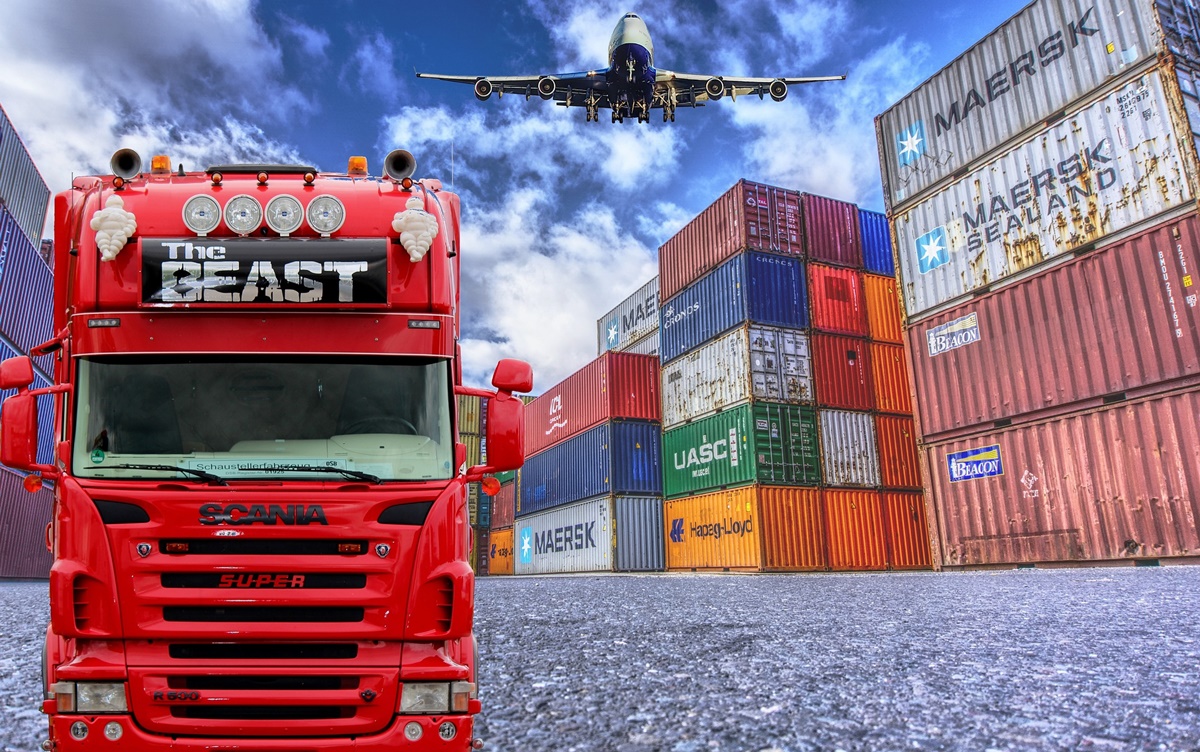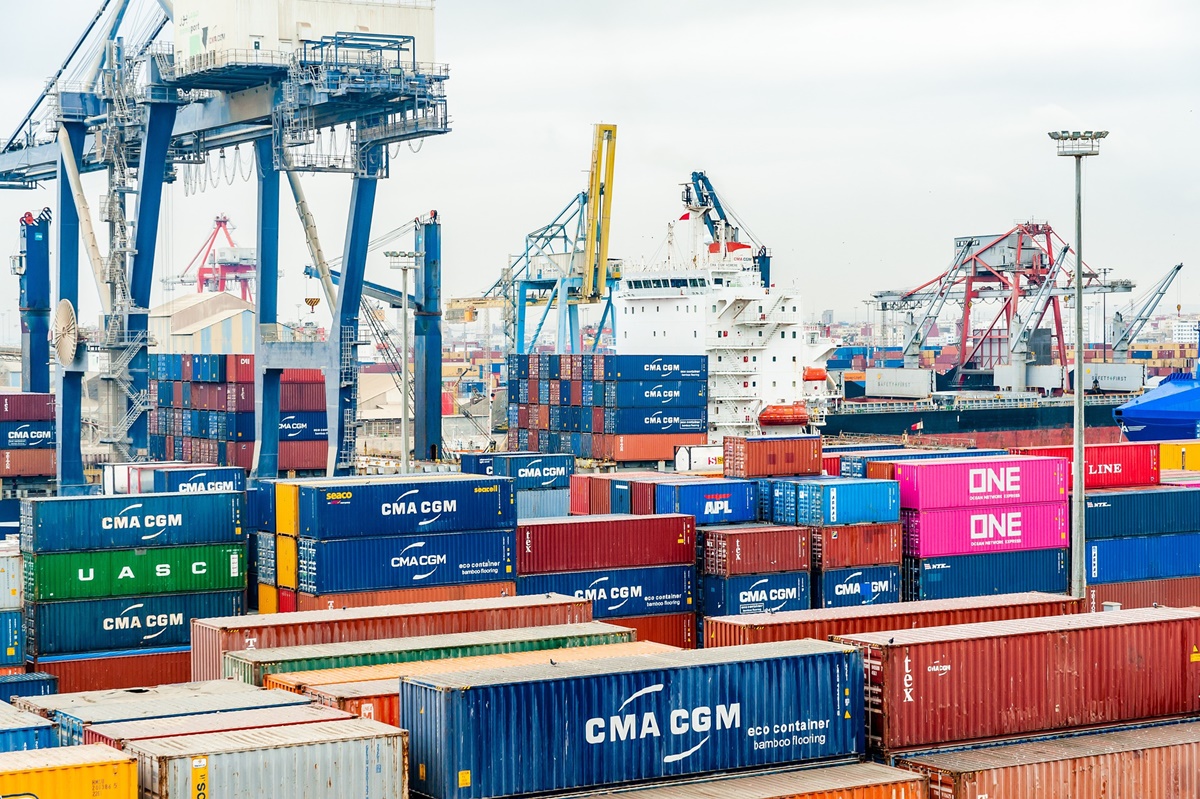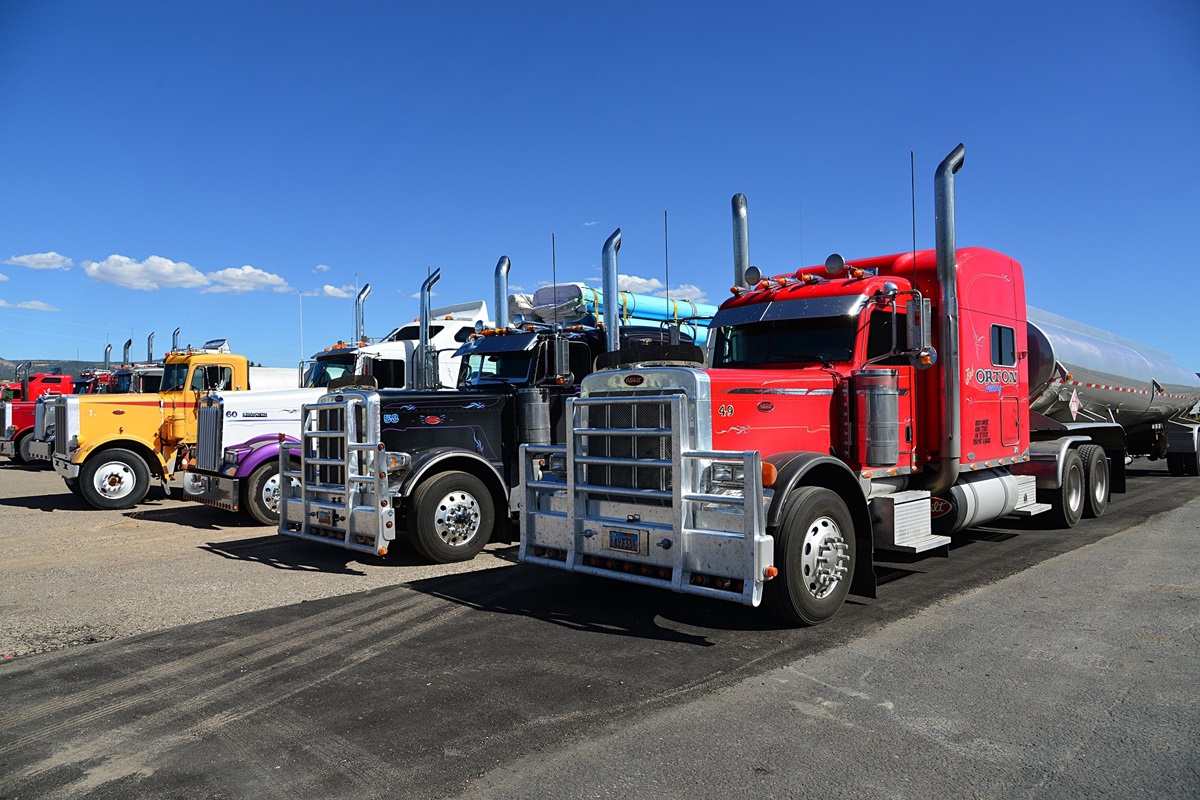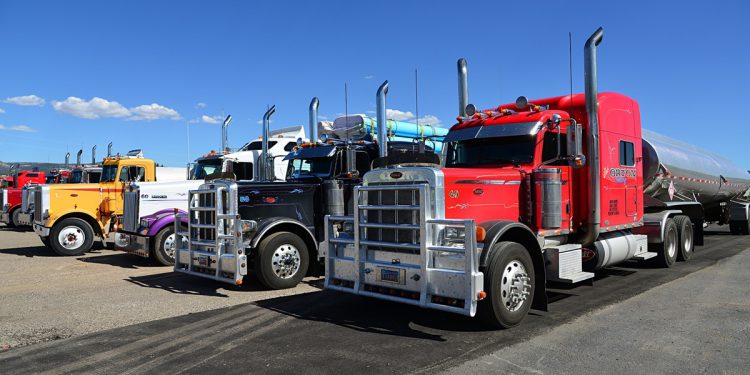When tapping into the world of freight, shipping, and logistics, you may find yourself feeling overwhelmed with all of the different variations and terminology. For example: what are the different types of freight? How are freight charges calculated (what is basic freight)? And what is the most common form of freight?
In this article, we’re going to take a closer look at the various types of freight, their meanings, and how freight charges are calculated
What are the types of freight?

Let’s begin with some of the different freight types:
- LTL shipping (less than truckload freight): LTL, or less than truckload, is one of the most popular and common forms of freight shipping. This is largely due to the fact that it is cost-effective, highly reliable, and time-efficient. This is an economical approach to transporting goods – particularly small orders that wouldn’t otherwise fill a truck. Instead, those orders are coupled together with other shippers, thus reducing the overall costs involved. Rather than pay for an entire truck for one small order – you can pay for the space that you use on a shared truck.
- FTL shipping (full truckload freight): FTL, or a full truckload, refers to the type of freight shipping where the entire space available in a truck is utilised to carry the freight by one shipper to one single location. This freight type is best utilised for larger packages that require more space (or have specific shipping conditions), in addition to orders that need to be delivered faster without multiple stops along the way. If you are able to fill a truckload economically, this can be the fastest and more convenient means of shipping freight.
- Intermodal rail freight: Intermodal rail freight is arguably one of the most cost-effective, efficient, and eco-friendly solutions for bulk shipping goods – particularly for construction supplies and/or hazardous materials. In comparison to shipping via truck, doing so by rail can save your business time and money – in the event that you have a large enough order to justify it. This is especially handy for cross-country shipping on time-sensitive orders.
- Air freight: Air freight is the fastest option when shipping cargo overseas or from one side of a country to another. Yes, air shipping is typically more expensive than the other types of freight shipping, though it has many advantages – particularly for those sending very time-sensitive and urgent shipments.
- Ocean freight: Ocean freight is one of the most common and cost-effective forms of international shipping and it is used all over the world/ Freight moved via boat can benefit from a variety of transit time options, including other freight options such as FCL (full container load), and LCL (less than container load). As the names suggest, full container load and less than container load function the same as the LTL and FTL freight shipping methods mentioned above.
- Expedited freight: Expedited freight, or hotshot services, allows for various types of freight to be shipped with exceptional speed and accuracy. While not to be confused as ‘guaranteed to deliver’, expedited delivery can be used for freight that needs to be delivered on the very same day. Typically, expedited freight is taken care of exclusively by one single carrier under a contract to meet a very specific delivery deadline.
What is basic freight?

Basic freight (BAS), is essentially the base rate (or basic freight rate) at which freight rates are calculated. Just like many other industries, the two biggest influencers for basic freight are supply and demand:
- Supply: supply is defined as the amount of equipment that is available to move a given shipment. When a market is steadily declining and has fewer drivers available, supply becomes limited. As such, prices will be consistently higher. Similarly, as the supply of carriers increases, the price of shipping freight invariably decreases.
- Demand: demand is defined as the number of goods that need to be moved. As demand increases, so too do the prices associated with basic freight.
The balance between supply and demand is impacted by a variety of other factors as well, including:
- Region: any area or region that has unique physical and environmental characteristics/weather patterns that might impact freight movement and logistics.
- Seasonality: changes that may occur throughout the year – including weather and traffic conditions.
- Equipment type: the type of equipment that is required to move a given type of freight.
With all that in mind, the basic freight (BAS) is calculated, giving you an overall cost for moving your goods from A to B.
What is the most common freight?

So, what is the most common type of fright? There are many common types of freight, including:
- LTL: LTL is one of the most common freight types due to the rise in e-Commerce business. Many new start-ups that perhaps aren’t yet making enough sales to justify FTL shipping will have to consolidate their orders with other shippers.
- Full truckload: Full truckload freight is another common type, utilised by shippers that can fill a truckload themselves and justify the price.
- Intermodal: Intermodal has long been one of the most popular freight types, particularly in the construction and industrial sectors. It also remained huge during the COVID-19 pandemic when Australia’s freight and supply chains needed to ensure that enough medication was being supplied to the more rural areas of the country.
- Expedited: In an age where same-day or next-day delivery has become the norm, more and more shippers are turning to expedited shipping to meet their customer’s increasing demands.
Final thoughts
As you can see, the world of freight and logistics is rather complex – and this article is only scraping the surface. If you find yourself feeling a little confused and overwhelmed and you aren’t quite sure which freight type will be best suited to your needs and requirements, we strongly recommend reaching out to a reputable and established logistics company like Darwin Transport for more information.
Take your time, do your research, and leverage the expertise of the logistics industry leaders, and you shouldn’t have too much trouble moving your good and products efficiently and at a fair and affordable price.












